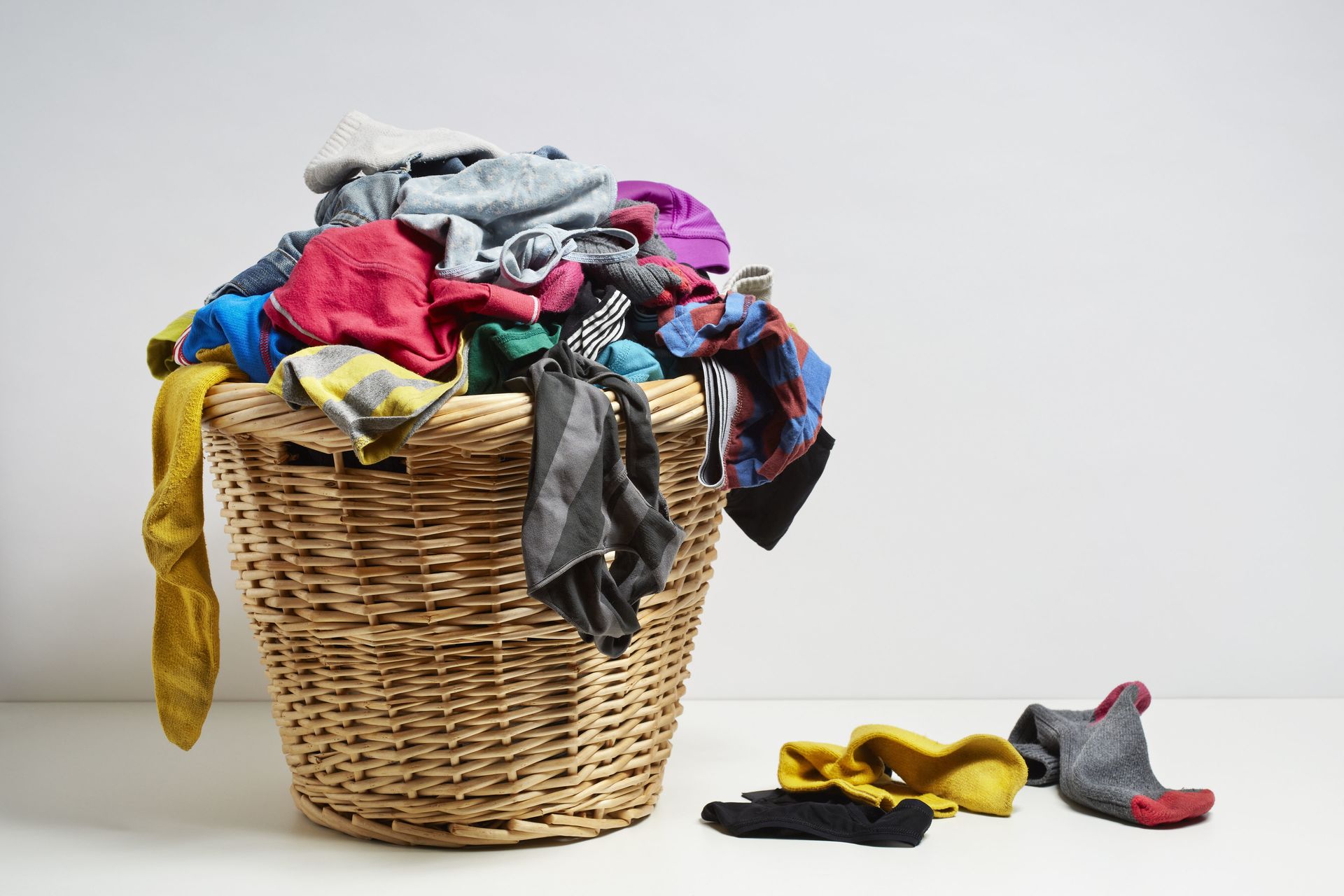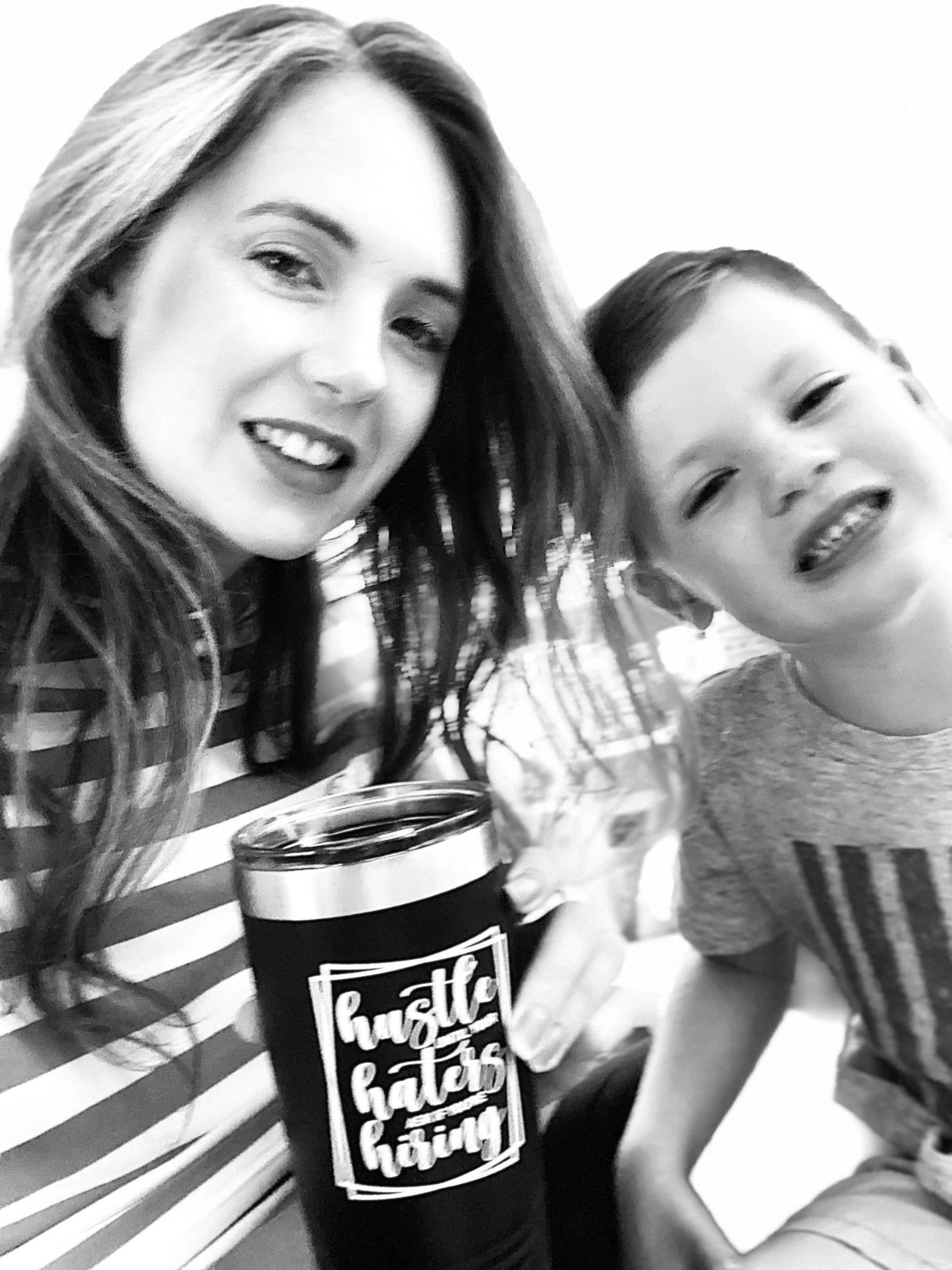How We Are Poisoning Our Children Everyday
Could we really be poisoning our children? Sometimes it easy to think I buy the safe more expensive brands from the store, they can't really be that bad if they are on the market, or I am careful when I use cleaning products. That was exactly how I thought before a friend share this dose of reality with me a few yeas ago. As parents, aunts, uncles, grandparents we want nothing more than to do the very best that we can for the children in our lives. I will be the first to admit it is a hard job. I hardly ever know if I am doing any of it right. We stress over all kinds of things when it comes to kids, but what about the little things like what type of ingredients and chemicals are really in the products we use on and around our children? It is hard to even know what chemicals we may be using because companies aren’t required to list all the ingredients. Are they all safe? Do little doses really matter and affect our children? Would they really be allowed on store shelves if they weren’t safe? Unfortunately, a lot are not safe, even in small doses but they are allowed. When you really stop and think about it, it is cringe worthy. Making a profit is put above the health and safety of our children that are still growing and developing. That is the way of our world and until we demand change things will stay the same or get worse.
These things all matter. Unsafe chemicals affect our children in so many ways. There are a lot of chemicals put into our everyday products that have serious health risks to them, even at the low doses that some companies claim are ok but if most of the products we pick up from the store have these toxic chemicals in them how low is it really? Products are allowed to be put on the market without being tested. Until there is a significant number of reported issues or complaints, they won’t test them.
Dr. Bruce Lanphear, MD, MPH is a specialist in environmental neurotoxins and early childhood health and one of the creators of
LittleThings Matter. He has been part of studying the effects of toxins on the developing brain for the past 30 years. These toxins can have lasting effects.Children's bodies are being inundated everyday with things that increase their body burden levels. Each child is different with how they respond to these toxins. Because these chemicals can affect the brain, they can drop a child’s IQ along with causing learning disabilities plus other health problems. With products being put on the market before being tested, we are using our children as part of an experiment. According to Larry Silver, MD in his article
Are Everyday Toxins Causing ADHA?, the rise in ADHD, autism, and learning disabilities suggests that exposures to toxins in our environment and products are contributing factors. Reported cases of autism are up 119% since2000.
These toxins can be found in things like soap, shampoo, toothpaste, deodorant, skin creams, lip sticks, wipes, baby products, air fresheners, laundry products and cleaners just to name a few. They can contain endocrine disruptors, coal tar, 1,4 dioxane, formaldehyde, triclosan, arsenic, mercury, lead and so much more. These ingredients can cause:
Allergies Asthma ADHA Learning Disabilities Depression Cancers Tumors
Tremors Insomnia Cognitive Dysfunction Neurological Damage Kidney Damage
Abnormal Cell Growth Hormone Disruption Miscarriage Reproductive Toxicity
Other Reproductive Problems Heart disease Infertility
Let's pick on one ingredient for a moment. According to Dr. Lanphear, childhood leukemia has risen35% but only 1% of research dollars for childhood cancers is allocated for prevention. Check out his short video Cause or cure? Is the relentless pursuit of a cure hazardous to our health? for more. This is one of the most common types of cancers in children according to the American Cancer Society and National Cancer Institute. One of the known causes of leukemia is formaldehyde along with the other cancers it has been linked to, according to the International Agency for Research on Cancer.This begs the question why is formaldehyde still so commonly used and why are there not more resources being used to educate families on what to avoid? Maybe one day I'll be bold enough to take on that topic.
I worry about not just my own children but children in general being exposed to things that can cause so many health issues. Some issues could be so far down the road, we have no way of knowing what could be waiting for them when they reach adulthood. We can't keep waiting and hoping things will just get better or crossing our fingers that maybe our children won't be that affected by these things. There are better options out there. The biggest statement we can make is by doing the research on what products truly are non-toxic and making the switch. Take your money elsewhere.
Here is my challenge to you: Look up your favorite safe, green, or clean brands you buy from the store. See who owns the company, for example Burt’s Bees was bought by Clorox. Check if they have had any lawsuits or gotten in trouble for improperly labeling, green washing, making false claims, or lying to consumers. Check for some of the ingredients listed above. When I did this, I couldn’t believe the things I found. In my opinion, when a big manufacturing company has been caught deceiving their customers it’s like catching a bad boyfriend breaking your trust by lying once again. Should we keep forgiving these companies and buying their products knowing they hide the truth repeatedly? Once a company breaks that trust they have no incentive to earn it back because consumers keep on going back time and time again. If you would like to read more on what Larry Silver, MD has to sayin ADDitude on ADHD, autism, and learning disabilities check out his article here .
I am always happy to talk more if you have any questions, please feel free to email or message me on social media.













